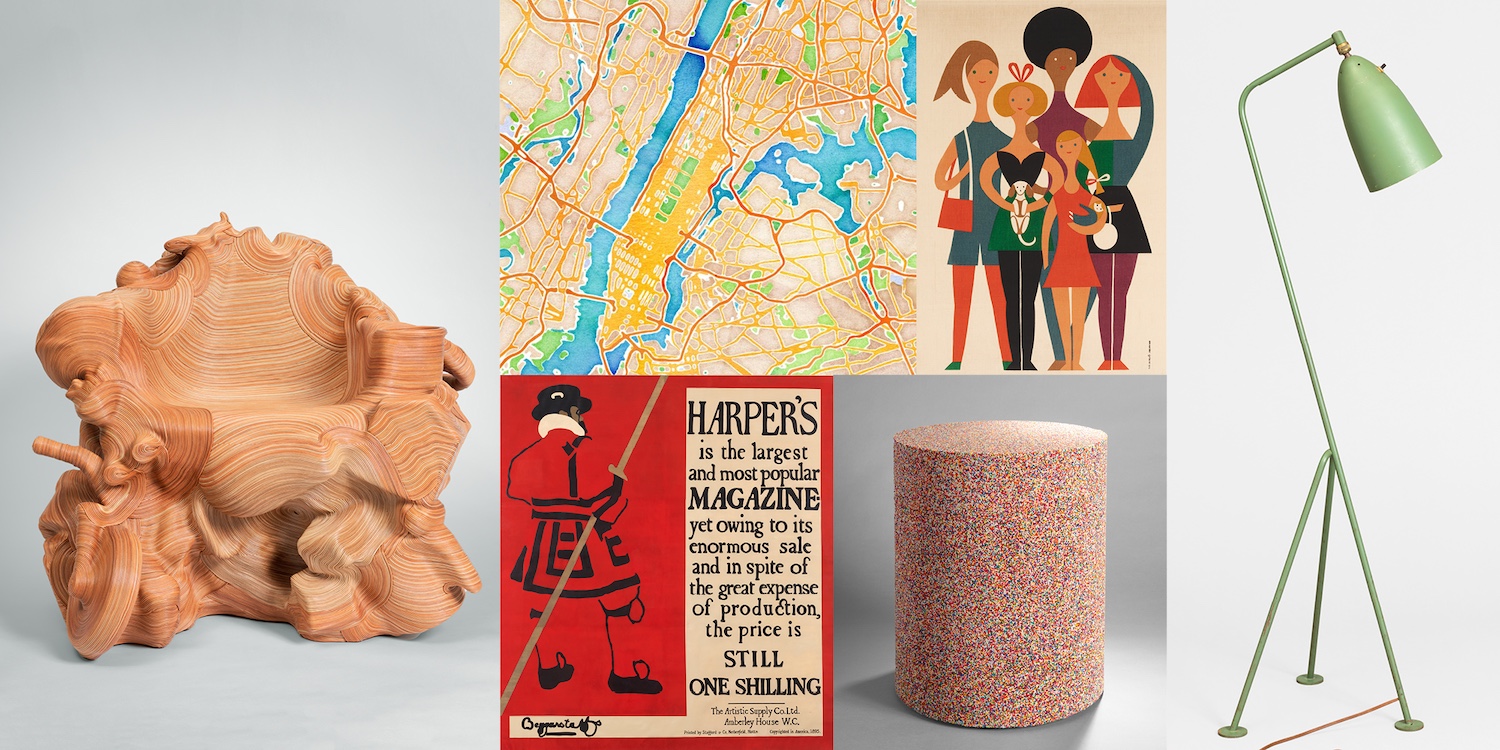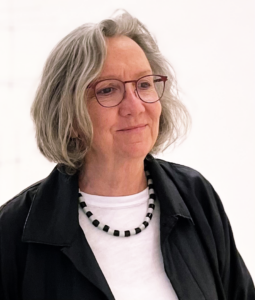5 Questions with…Matilda McQuaid



Matilda McQuaid is Acting Director of Curatorial and previously Head of Textiles at Cooper Hewitt, Smithsonian Design Museum. She oversees curatorial and exhibition programming often working collaboratively with other Smithsonian museums on projects and exhibitions. As a curator she has organized nationally and internationally acclaimed architecture and design exhibitions with accompanying publications including “Extreme Textiles: Designing for High Performance” (2005), “Color Moves: Art and Fashion by Sonia Delaunay” (2011), “Tools: Extending Our Reach” (2014), and “Nature—Cooper Hewitt Design Triennial” (2019). Formerly at the Museum of Modern Art (NYC) for fifteen years where she curated over thirty exhibitions, she is also an accomplished author and editor on art, architecture, and design, with many books, exhibition catalogues and articles to her credit.
This show was a very collaborative process and involved the director, Maria Nicanor, and all of the curators in some capacity. It’s the best way to organize a collection-related project. Cindy Trope, Associate Curator in Product Design and Decorative Arts, was essential to the project in identifying key pieces as well as helping with all of the texts for the show. I wanted to translate the collecting priorities of the museum, which curators and staff have been discussing internally for the past several years, into an accessible presentation of our collecting roots and new areas for exploration and collecting.
It is remarkable how accurately the design of the show matches the actual presentation! Field Guide Architecture and Design Inc. was the exhibition designer and after several rounds of design presentations (we refer to them as the 35%, 65%, 95%, 100% drawing sets), we have at the end plans and elevations that are accurate enough to place and hang objects. There are always last minute tweaks by the curator!
The million dollar question! For this exhibition, I chose to focus on groupings of objects in order to show how objects talk with each other and are part of the collection’s historic continuum. Individual label information as well as the story of each object is contained within the text panel for the grouping to emphasize that each object helps to reinforce the larger collection. Consolidating texts in the show also helps to alleviate visual clutter of many individual labels so that visitors can focus on the object and groupings.
It has been a few years since I curated a show – from idea to presentation – so it was a lot of fun to resume the curatorial role. What I was so excited about and in the end somewhat surprised by, was how many versions of this show the museum could do! There are so many works that could have been selected, and the museum looks forward to prioritizing collection exhibitions in the future.
I would like visitors to come away with an understanding about the breadth and beauty of our collection and the expansiveness of design.